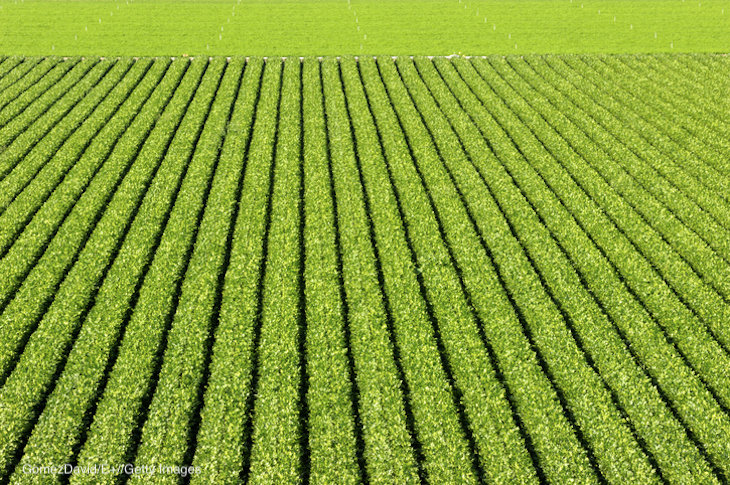A new study looks at how pathogens contaminate ready to eat produce, causing foodborne illness outbreaks. The study was published in the February 2024 issue of Food Microbiology.

Ready to eat fruits and vegetables can be contaminated with pathogens and have caused many outbreaks in the past few years. E. coli, Salmonella, and Listeria monocytogenes have caused most of these illnesses. Multiple sources of contamination include soil, irrigation water, birds and insects, grey/blackwater, contamination in the seed itself, animal fecal matter, and post-harvest operations. Extreme weather events, including flooding and dust storms, can contaminate these foods.
Consumption of fresh produce has increased across the globe, and, especially in North America, the percentage of outbreaks linked to produce consumption doubled from 8% in 1998-2001 to 16% from 2010-2013. And there are substantial increases in foodborne illness outbreaks overall in the U.S. between 1999 and 2019.
Data from 2006 to 2023 shows that for produce, Salmonella caused the most outbreaks with 34, sickening at least 7,256 people and causing 10 deaths. There were 16 E. coli outbreaks linked to produce in that time frame, sickening at least 998 people and causing 10 deaths. And even though Listeria monocytogenes produce outbreaks were the least common, with 10 outbreaks and 303 people sickened, 54 patients died.
Sprouted vegetables caused the most outbreaks, with papaya in second place, melons/cantaloupe in third, and cucumbers and mixed fruit/vegetable salads sharing fourth place.
So how do pathogens contaminate ready to eat produce? The researchers state that bacteria can attach to the surface of the plant leaf through flagella, pili (protein structures that extend from the cell wall), and fimbriae (appendages). The bacteria can create biofilms once attached, using cellulose, that protects the pathogen and makes it more difficult to remove from the plant or leaf. With biofilms, pathogens can survive on leaves for months. Biofilms from E. coli, Salmonella, and Listeria monocytogenes can form on all plant matter.
Contaminated water is a major concern. Since 68% of the world’s population will be urban in 2050, there will be an increase of waste released into the environment. Water scarcity is a growing problem, so crops are often irrigated with reused grey or blackwater. If not properly treated, this water is a contamination risk. In addition, runoff from domestic cattle farms has been associated with outbreaks, especially E. coli outbreaks. The Leafy Green Food Safety Task Force has recommended increasing buffer zones between these concentrated animal feeding operations (CAFOs) and farm fields.
Hazard Analysis and Critical Control Point (HACCP) principles are crucial for post-harvest operations. The water used to clean produce, sanitation of machinery, minimizing damage, and temperature control are all crucial components to avoid contamination at this step. For leafy greens, if leaf damage occurs in processing, pathogens can enter the leaf and cannot be removed by cleaning. In addition, damaged leaves lead to accumulation of liquid in salad bags, supporting the growth of pathogens.
In the future, research needs to concentrate on reducing attachment and biofilm formation on plants. Sustainable farming production, hazard analysis and good manufacturing practices, the use of bacteriophages as a form of biological control, and improvements in irrigation systems and water quality will all be crucial as the world’s population grows and the need for these crops increases.
Thomas GA, Paradell Gil T, Müller CT, Rogers HJ, Berger CN. From field to plate: How do bacterial enteric pathogens interact with ready-to-eat fruit and vegetables, causing disease outbreaks? Food Microbiology, 2024, DOI: 10.1016/j.fm.2023.104389, https://www.sciencedirect.com/science/article/pii/S0740002023001764?via%3Dihub




